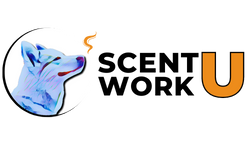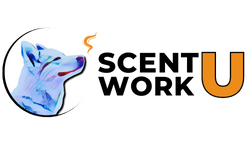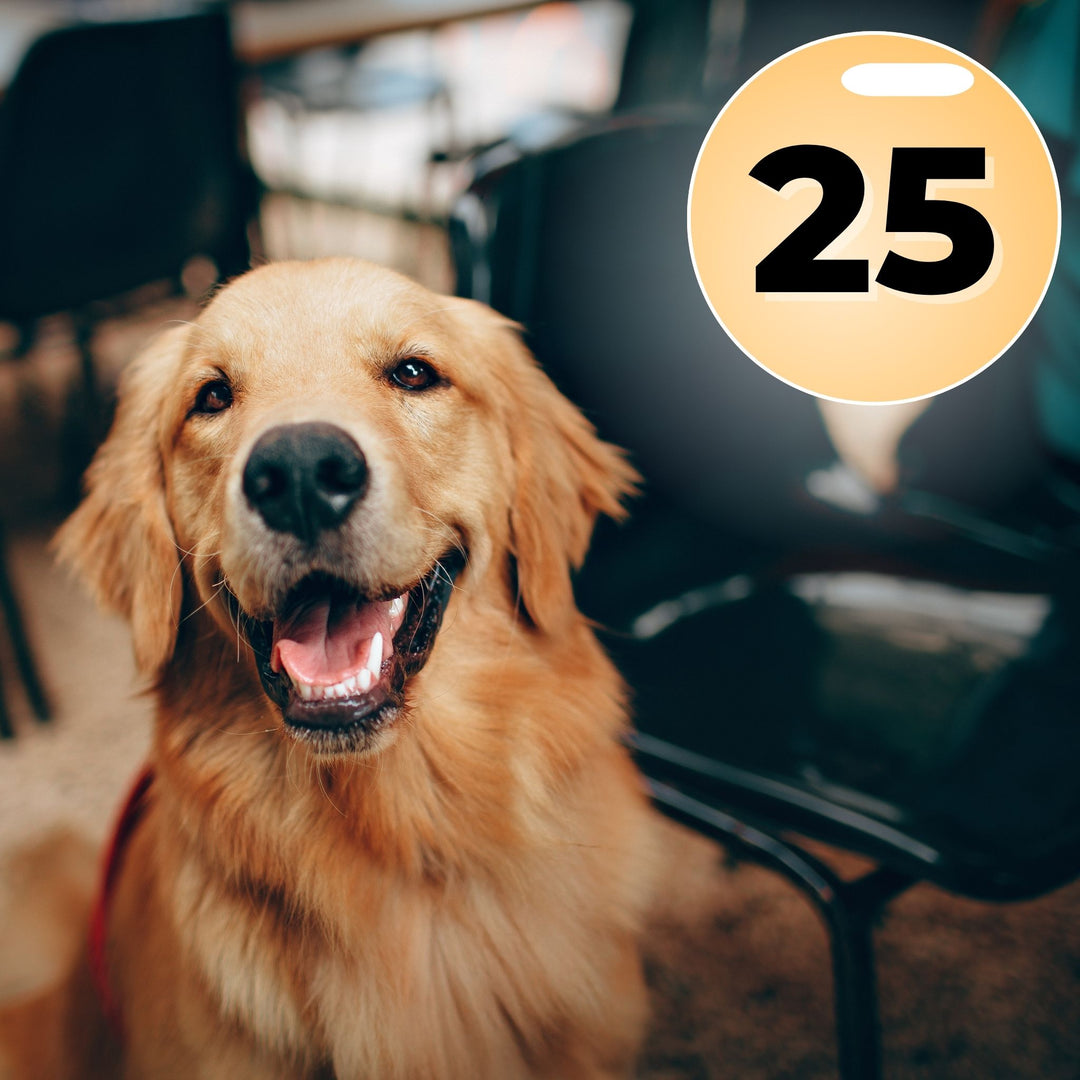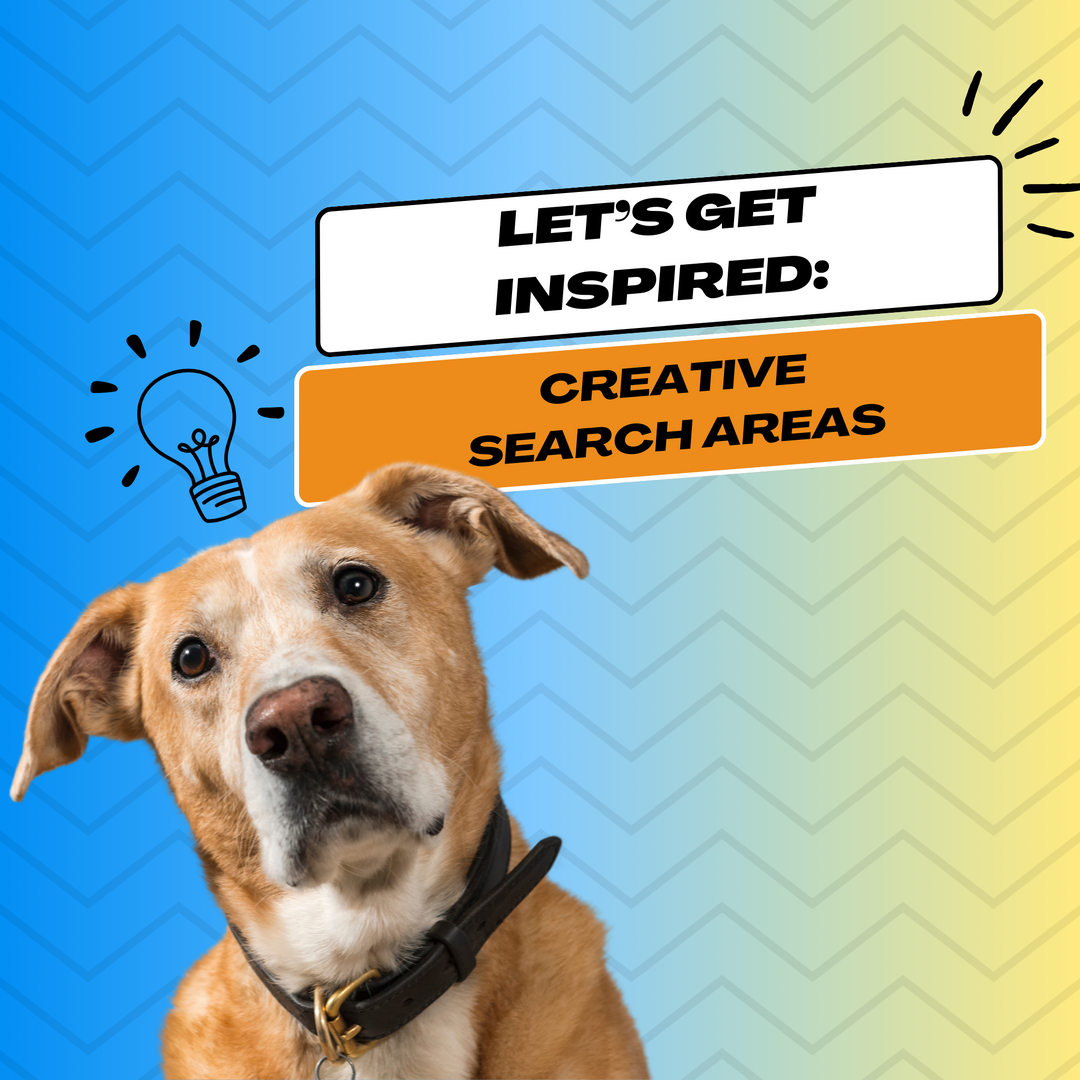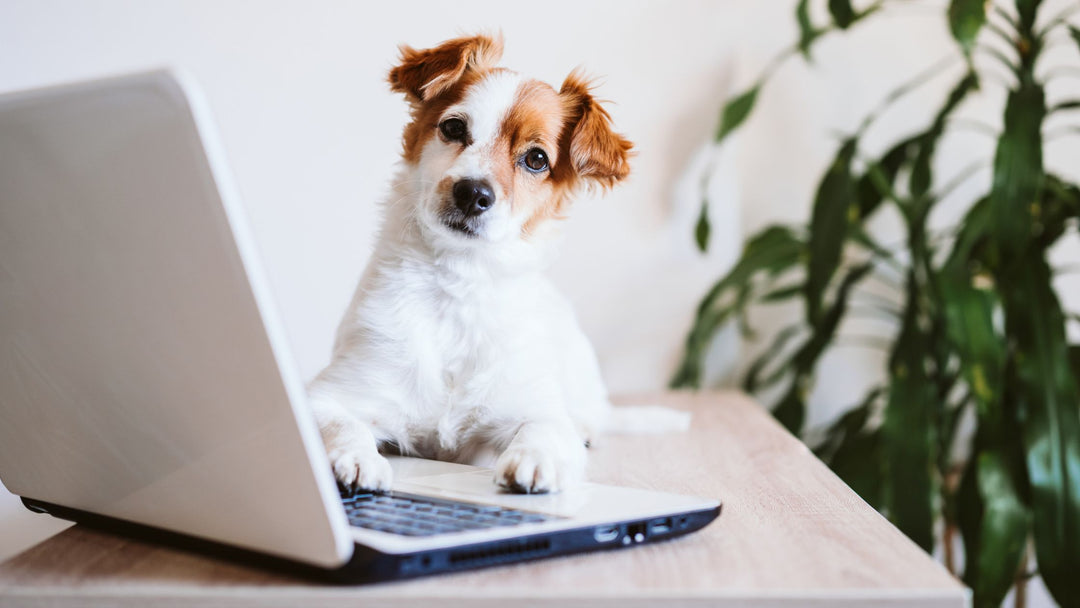Where We See a Tree, Our Dog Sees a Forest

As humans, we tend to be laser-focused when training, attempting to parse out tiny and minute details to work on and perfect. Scent Work is no different. We zero in on a particular skillset or element of the activity we want to improve and then reverse engineer our training from there. However, we oftentimes forget to consider just how brilliant our dogs truly are and thus are too knee deep in the details to take in the totality of the picture.
WE SEE TREES WHEREAS OUR DOGS SEE A FOREST
When I was still actively drawing and creating art, one of my biggest issues was zooming in on one tiny corner of a piece, taking hours to perfect it to only step back and find out I had caused an enormous clash with the rest of the piece. Perhaps I had shifted perspectives – the total piece looked at the subject head-on whereas I had shifted to a profile-view in my detail-obsessive corner – or had seemingly forgotten the whole theme of the piece to begin with. Sure, the corner looked great, but it didn’t mesh with the piece anymore. If I wanted to try to make it work, I would need to change the whole piece to do so.
“What does this have to do with Scent Work, Ms. Trainer Lady?!”
The same holds true when we are training our dogs.
If we neglect to take a broader view of what is going on, we can suddenly find ourselves in trouble!
Now, it is true that our dogs are contextual little beings themselves, able to pick up on minute patterns and details, but those are perceived throughout the entirety of the picture as a whole.
“I have no idea what that means.”
Let me give you a non-Scent Work example: you are teaching your dog to do a nose touch, where they should bop their cute little nose on your outstretched palm. Every time they tap their nose to your hand, they slightly open their mouth and gum your hand. To the dog, the trick is NOT to simply boink their person’s hand with their nose. Instead, it is a behavior chain of nose-poke-then-put-handler’s-hand-in-mouth. Within a few repetitions, this becomes a solid behavior that you never wanted. You were so laser-focused on the nose bopping part, you neglected to recognize the gumming element. In other words, you were looking at one detail and not ALL the behaviors your dog was associating with the reward. The same can hold true for Scent Work if you are not careful.
Let’s say you typically practice and train Scent Work alone, as most people do. This means you are the one preparing the odor, setting the hides, and running your dog. I’ve already pontificated in prior blog posts how easy it is for us as humans to fall into patterns of where we place hides, and how our dogs will pick up on those, so I will not delve into all of that here (but you should still be mindful about it).
In designing your search, you are focused on specific things, the details, of that search: which search element you will choose, what will make up the search area itself, how may hides will be inside the search area, what type of hides you will use (food, paired or target odor hides and if the latter, which target odors and what concentration), where the hides will be in relation to one another and the objects or elements of the search area itself, how you will handle the dog throughout the search (on- or off-leash), where the start line will be and so on. Tons of details. Ton of individual trees. Your dog, however, is focused on the forest.
In this scenario, your dog is faced with a task: find their valuable hides so they can earn a meaningful reward. Being the incredibly smart being they are, they will use every tool at their disposal to complete this task. This means they will be looking at the forest instead of relying on the individual trees we may have been obsessing about.
One way of doing this is to simply follow your own odor trail that you leave behind as you are setting the hides. After all, this is Scent Work. The idea that your dog is ONLY finding or using the odor associated with the hide to get to their hides is naïve at best. If after a few repetitions, they realize that every time they find their hide their person’s odor led them there, they are going to use that as a guide to find their hides.
“Why does that matter?!”
Well, if you only do this on your own, perhaps it is not a big deal. But if you are competing at trial, where someone else is guaranteed to be setting the hides, it could become problematic. Suddenly a crucially important element the dog was using to solve the puzzle is missing! Some dogs may even think that the game is SOLELY to find owner + odor, meaning they may not perceive a trial official + odor picture as the same thing.
With this example, we as people see the detail, or tree, of target odors – go find the odor! Our dogs are seeing the forest of target odor and all the relevant and consistent odors that go along with finding those hides.
“Oh no…”
Now, don’t fret. We should celebrate the fact that our dogs are so smart! It simply means we must give them credit where credit is due by being mindful of how they are taking in the totality of the picture when they are solving these puzzles.
APPROACH THE SEARCH LIKE A DOG
Take a step back and look at the forest. Think through what your dog will be taking in as they are working a space.
For an exterior search that has grassy areas, your dog will detect where the grass was newly disturbed. At the very least, this is a clue to the dog and if over time, every time there is disturbed grass it leads directly to a hide, it is an incredibly valuable clue! Thus your dog will continue to use this information going forward, meaning "follow any recently disturbed grass trails, it may lead to my hide!".
What is your solution? Backtrack on your path on grass after you set your hides and then crisscross all over the search area closer to when you are running your dog. Purposefully walk away from the hides are set. Go to other areas of the search area that perhaps were productive in the past to help them act as red herrings, ensuring your hide is set somewhere else. Ideally, you will have someone else set your hide for you and then you can walk all over the grass in other directions afterwards. It is not that we are trying to confuse or discount what our dog is using to work in a space, we simply want to ensure they are not solely relying on that information to get to the right answer.
Perhaps you always use a certain type of adhesive (putty, GlueDots, etc.) or type of odor vessel (metal tins, straws, tubes, etc.) for your hides. You dog will use this information as well. Again, their process may be to find putty + odor.
How can you work on this? Design searches where there are clean-have-never-come-into-contact-with-odor-before adhesives and odor vessels and set them up all over your search area, then have your actual hide using a DIFFERENT type of adhesive and odor vessel set somewhere else. If training by yourself, set your clean adhesives and vessels FIRST and then your hide (we always want to be mindful about proper odor etiquette). If someone is helping you, reverse it – have them set the hides FIRST and then you set the clean adhesives and odor vessels second.
In reviewing your training videos, you may notice that every time your dog is getting close to a hide, you lean in and hold your breath. Your amazing dog is noticing this too!
What can you do?! Find ways to remove yourself as a potential cue to your dog, within reason. They know you inside and out. You are an INCREDIBLY important piece of information to them! However, you do not want to inadvertently give them incorrect information to steer them the wrong way as they are searching.
FINAL THOUGHTS
Our dogs are truly brilliant. In sharing our daily lives with them, we can sometimes take this for granted. But doing so may cause us to be hindering both our dogs and our overall performance. Instead, we should celebrate them and rise to the occasion by ensuring our training takes their brilliance fully into account.

Dianna has been training dogs professionally since 2011. She has done everything from teaching group training classes and private lessons, to specializing in working with fearful, reactive and aggressive dogs, to being a trial official and competition organization staff member.
Following a serious neck and back injury, Dianna was forced to retire from in-person dog training. But she was not ready to give up her passion! So, she created Pet Dog U and Scent Work University to provide outstanding online dog training to as many dog handlers, owners and trainers possible…regardless of where they live! Dianna is incredibly grateful to the amazingly talented group of instructors who have joined PDU and SWU and she looks forward to the continued growth of PDU and SWU and increased learning opportunities all of these online dog training platforms can provide.
In June 2021, Dianna and her business partner, Sean McMurray launched Cyber Scent Work, Inc., an organization that operates in the gray space between training and trialing in Scent Work. With Cyber Scent Work, Inc., handlers have the opportunity to earn Qs, titles and ribbons while also receiving helpful training advice regardless of whether they qualify or not! Be sure to check out Cyber Scent Work, Inc., you will be happy you did!
Join Our Newsletter
Stay up to date with all the happenings at Scent Work University, including the release of new online courses, seminars, webinars, eBooks and receive exclusive promotions and discounts!
